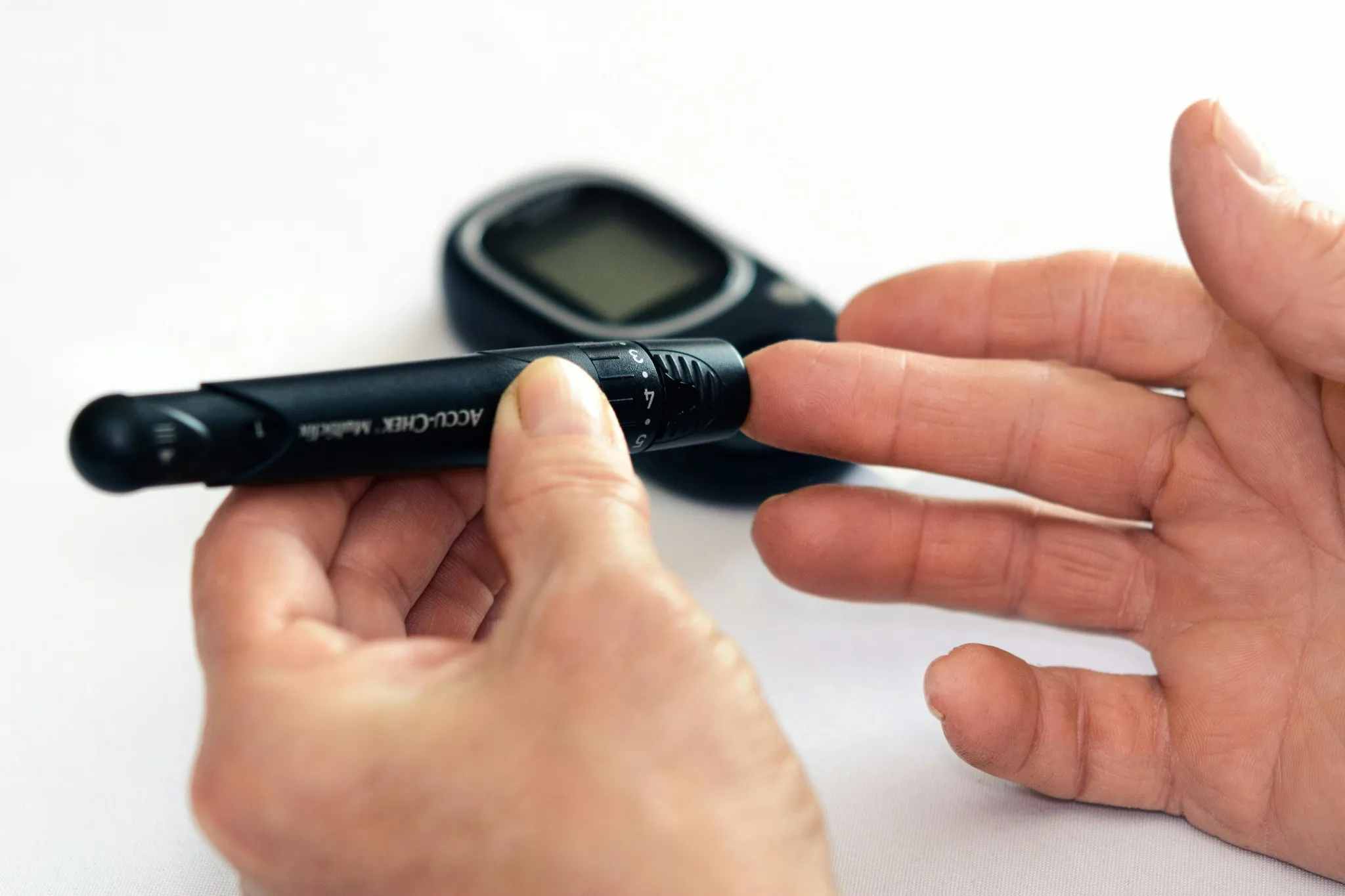
In the journey to achieving and maintaining a healthy lifestyle, monitoring calorie intake plays a pivot l The importance of tracking calories role. Whether your goal is weight loss, muscle gain, or simply maintaining your current weight, understanding the energy you consume and expend is key. This guide dives deep into the significance of calorie tracking, its benefits, and practical ways to implement it effectively.
Table of Contents
- What Are Calories?
- Why Calorie Tracking Matters
- Benefits of Monitoring Calorie Intake
- How to Track Calories Accurately
- Common Misconceptions About Calories
- Tools and Apps for Calorie Tracking
- Challenges in Calorie Tracking and How to Overcome Them
- The Role of Calorie Tracking in Weight Management
- Calorie Quality vs. Quantity
- Tips for Sustainable Calorie Tracking
- Real-Life Examples and Success Stories
- Conclusion
1. What Are Calories?
Calories are units of energy that the body uses to perform all its functions, from basic metabolic processes to intense physical activity. Every food and drink you consume contains a specific number of calories, which fuel your body’s needs.
| Food Component | Calories per Gram |
|---|---|
| Carbohydrates | 4 |
| Proteins | 4 |
| Fats | 9 |
| Alcohol | 7 |
Understanding these basics helps you make informed dietary choices.
2. Why Calorie Tracking Matters
Calorie tracking provides insights into your eating habits, helping you align your intake with your health goals. It helps answer questions like:
- Are you overeating without realizing it?
- Are you consuming enough to fuel your workouts?
- Are your food choices balanced?
3. Benefits of Monitoring Calorie Intake
a. Weight Management
Tracking calories ensures you’re eating in line with your goals, whether that’s losing, maintaining, or gaining weight.
b. Improved Nutritional Awareness
By logging meals, you become more aware of portion sizes and the nutritional content of foods.
c. Informed Decision-Making
Understanding calorie content enables better food choices, such as opting for nutrient-dense foods over empty calories.
d. Behavioral Insights
Identifying patterns, like overeating during stressful times, can lead to positive habit changes.
4. How to Track Calories Accurately
Step 1: Determine Your Caloric Needs
Use a Total Daily Energy Expenditure (TDEE) calculator to estimate the number of calories you need daily. This considers:
- Basal Metabolic Rate (BMR)
- Physical activity levels
- Age, gender, and weight
Step 2: Read Food Labels
Learn to interpret nutritional labels to understand serving sizes and caloric content.
Step 3: Use a Food Scale
Weighing portions ensures accuracy, especially for calorie-dense foods like nuts and oils.
Step 4: Log Meals
Use apps or a journal to record everything you eat and drink.
5. Common Misconceptions About Calories
Myth 1: All Calories Are Equal
While 100 calories of broccoli and 100 calories of candy have the same energy content, their nutritional value differs significantly.
Myth 2: Calorie Tracking Is Only for Weight Loss
It’s equally valuable for maintaining weight, building muscle, or managing health conditions like diabetes.
Myth 3: It’s Too Complicated
Modern tools make calorie tracking simple and efficient.
6. Tools and Apps for Calorie Tracking
| Tool/App | Features |
| MyFitnessPal | Extensive food database, exercise tracking |
| Cronometer | Focuses on micronutrients and calorie tracking |
| Lose It! | Simple interface for calorie counting |
| Fitbit | Integrates with wearable devices |
| Yazio | Meal planning and tracking |
7. Challenges in Calorie Tracking and How to Overcome Them
Challenge 1: Underestimating Portions
Solution: Use measuring cups and food scales to avoid guesswork.
Challenge 2: Time-Consuming
Solution: Pre-plan meals and use barcode scanners in apps.
Challenge 3: Social Settings
Solution: Estimate portions and prioritize mindful eating.
8. The Role of Calorie Tracking in Weight Management
Calorie tracking helps establish a caloric deficit or surplus, depending on your goals:
- Deficit: For weight loss, consume fewer calories than you burn.
- Surplus: For muscle gain, consume more calories than you burn.
- Maintenance: Balance intake and expenditure to maintain current weight.
9. Calorie Quality vs. Quantity
Focusing solely on calorie numbers can overlook nutritional quality. Prioritize whole, nutrient-dense foods like:
- Fruits and vegetables
- Whole grains
- Lean proteins
- Healthy fats
Limit consumption of processed foods high in sugar and unhealthy fats.
10. Tips for Sustainable Calorie Tracking
- Be Consistent: Track daily, even on weekends or holidays.
- Set Realistic Goals: Avoid drastic calorie reductions.
- Stay Flexible: Adjust for special occasions or cravings.
- Celebrate Progress: Acknowledge small victories.
- Seek Support: Join online communities or consult a nutritionist.
11. Real-Life Examples and Success Stories
Case Study 1: John’s Weight Loss Journey
John used MyFitnessPal to track his calories and lost 20 pounds in six months by maintaining a 500-calorie daily deficit.
Case Study 2: Sarah’s Muscle Gain Success
Sarah tracked her intake to ensure a caloric surplus, helping her gain 10 pounds of lean muscle over a year.
12. Conclusion
Calorie tracking is a powerful tool for understanding and controlling your diet. While it requires effort and The importance of tracking calories consistency, the benefits—from weight management to improved nutritional awareness—are undeniable. By adopting this practice, you can take charge of your health and make informed decisions to achieve your goals.








